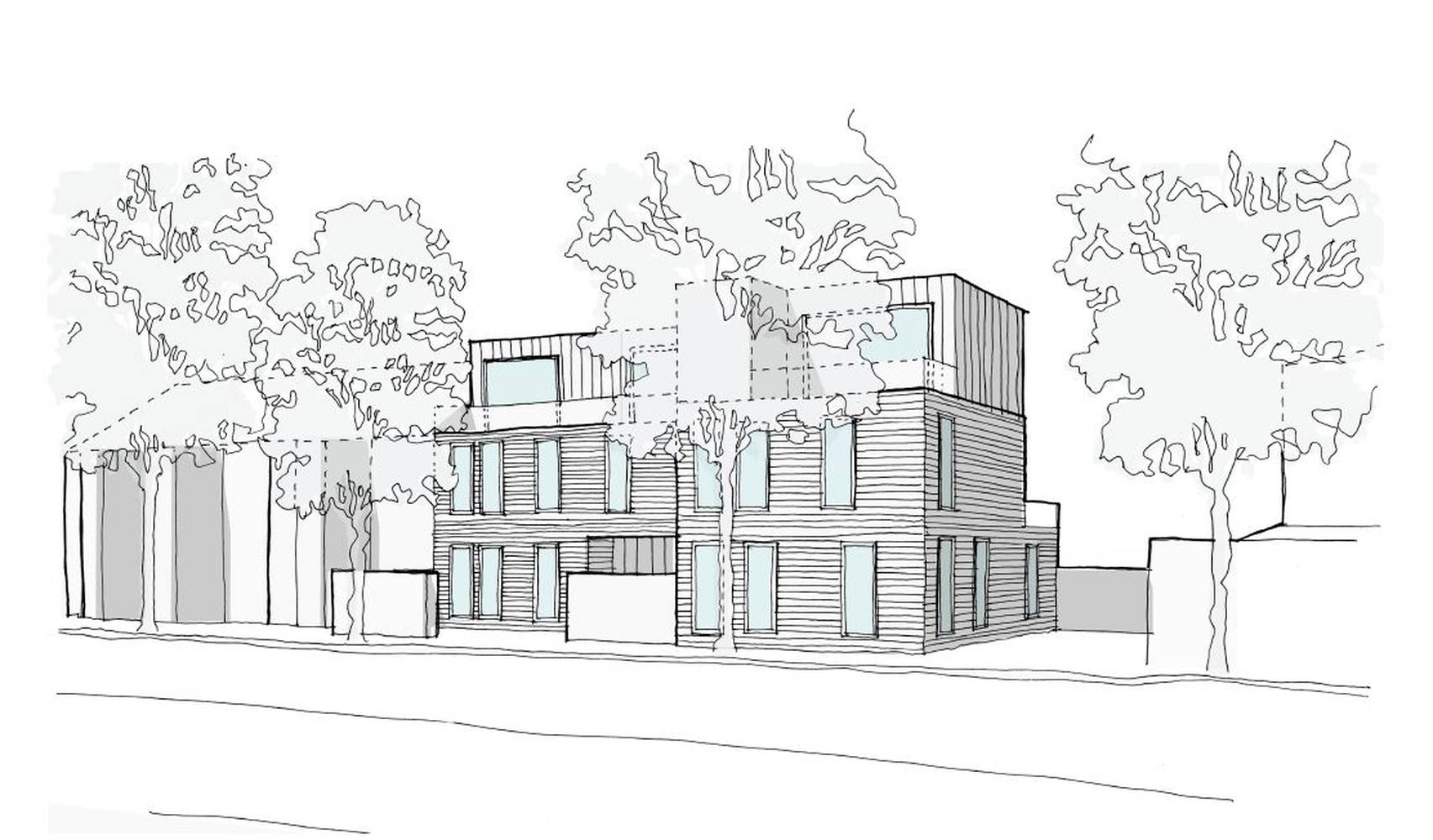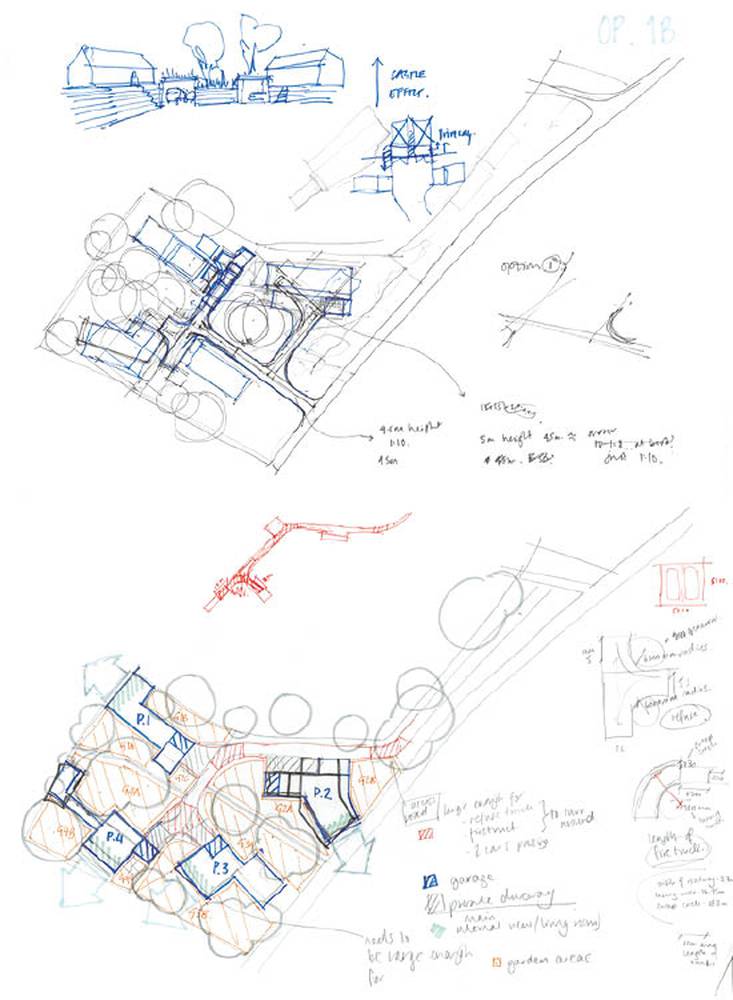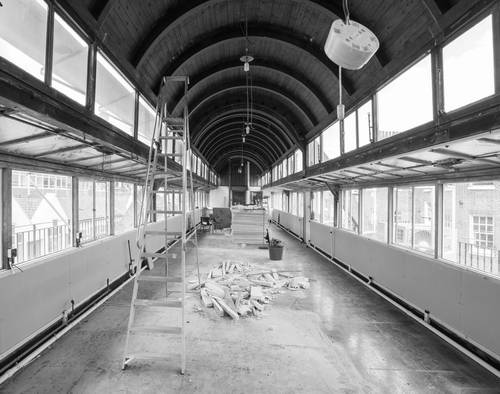What is a 'Feasibility Study'?
September 2016
By Harry Grocott
Methods of communication are just as important to an architect as methods of design, after all, the success of a project can hinge on a designers ability to convey their vision. The feasibility study is a vital tool in the architect’s arsenal; it has the potential to succinctly communicate a complicated set of constraints and proposals in a single document.
A good feasibility study will investigate and evaluate the potential of a site or building. It should consider the site’s history, condition and significance, as well as identify relevant constraints and opportunities. Feasibility studies are used the world over as powerful decision-making aids and can be invaluable in helping to clarify the objectives, viability and expectations for a project.
We always tailor our feasibility studies to the needs of our clients, whose primary focus can range from budget, to volume or programme. In this way we are able to produce a range of options that respond to the unique characteristics of the site as well as our client’s brief.
We have completed a number of studies for clients focused on bespoke design-led housing, where consideration of the local context and demographic from the project’s conception is vital to its eventual financial success, such as Woodlands Chase. We also used feasibility studies to determine the best way forward on projects with a number of stakeholders, such as Dolphin's Community Centre, or our masterplanning design for a goat dairy.
We find that the process of comparing and analysing different options with our clients will often throw up new challenges and comments which can then act as a platform for further development. The ability to compare different project solutions side by side makes it easier for both architect and client to eliminate the ‘what-ifs’, which can go a long way to establishing confidence in both the decisions taken and the design proposal itself.







